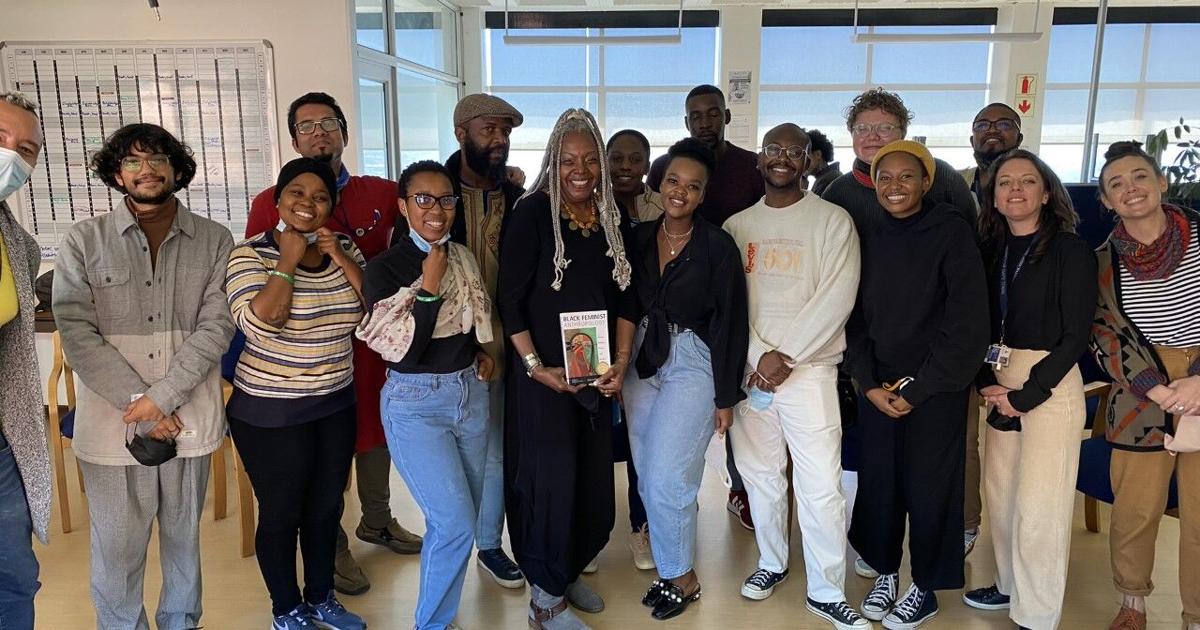 By Prof. RA Seetha Bandara, Board Member of the Sri Lanka Economic Association (SLEA)
By Prof. RA Seetha Bandara, Board Member of the Sri Lanka Economic Association (SLEA)
This article is based on a presentation made on April 28 at the “Roadmap for Literature Review” webinar that coincided with the launch of the Sri Lanka Economic Association (SLEA) e-repository. The speaker was Dr. Namali Suraweera, Senior Professor, Department of Library and Information Science, Faculty of Social Sciences, University of Kelaniya. The webinar speaker was the Senior Professor of Department of Economics and Statistics, University of Peradeniya, Anoma Abhayaratne. The event was moderated by SLEA Vice President, Dr. Malraj B. Kiriella.
The opinions expressed in the article are those of the presenters and do not reflect the views of SLEA.
Roadmap for a literature review
A literature review is a survey of scholarly sources that provides insight into a particular topic and brings out dialects of contradictions between various thoughts; indicate the current place of research in the scheme of a particular field; identify research gaps. There are four stages of a literature review such as the formulation of a research problem, the search for relevant literature, the evaluation and appraisal of the literature, and the analysis and synthesis of sources.
The presenter pointed out that there are nine steps to follow as a roadmap for a literature review.
Develop search terms: Keywords are very important in literature search. Here you have to find your keywords (main concepts), develop the keywords using synonyms and related words and develop the concepts and mix and match the keywords in the library databases.
Search using terms, Boolean operators and filters: iterative process: you can easily and quickly find current publications using electronic platforms such as Google Scholar, search networks/websites and also use e-books, e-journals, e-databases and e-repositories. . In addition to Boolean operators (and, or, not), there are search tools, search options, sort options, wildcards.
Identify initial primary sources on the topic: you can use peer-reviewed empirical journal articles, academic journal articles, and literature review articles. Be sure to avoid predatory publishers and journals. However, you must update the literature from the beginning to the end of your search.
Read summaries: You can read the summary first and, if relevant, you can browse the entire article. Highly cited articles are very important for the literature review.
Summarize in paragraph.
Create a thematic table of summarized information: you can organize your documentation well using this table.
Prepare for the first draft of organizational approaches and writing strategies: Here you need to identify an organizational approach and writing strategies. There are two main organizational structures, descriptive organization and chronological organization. Apart from these, you can follow common structures such as chronological, thematic, methodological and theoretical.
Write the first draft and edit, correct and polish.
The presenter pointed out that a literature review is a critical overview of the main published literature on the topic. She pointed out that the word “critical appraisal” is very important when it comes to reviewing the literature. Literature review helps the researcher generate and refine their research idea and is also part of research that demonstrates your awareness of the current state of knowledge on the subject, its limitations, and how your research falls within this broad context. One of the main purposes of the literature review is to highlight gaps in the literature. And also, the author should explain how your work fills those gaps and fills them.
The presenter pointed out that there is no single structure for critical literature review. However, she suggested that it’s helpful to think of the review as a funnel where you start at a more general level before narrowing it down to your specific research questions. While providing a brief overview of key ideas and themes, the researcher should summarize, compare and contrast the research of key authors in the relevant field and provide new insights. Another important point of the literature review is plagiarism.
Both resource persons emphasized that reviewing the literature is a very important part of research. A researcher should collect the most relevant and most cited, most recent literature and critically appraise it to find gaps in the literature.
 Xing Wu
Xing Wu



